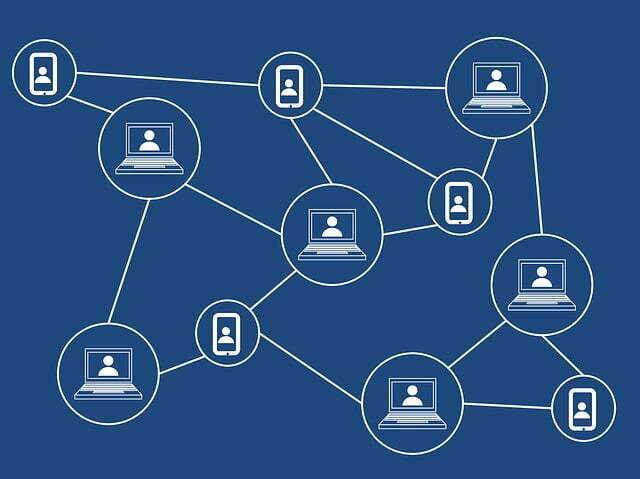Blockchain basics
What is a blockchain?
Developed in 2008 by a person, or group of people, known as Satoshi Nakamoto, blockchain technology first involved bitcoin, one of the earliest digital assets. Blockchain can be defined as a technology for storing and transmitting data, without a central authority, by consensus of stakeholders. The legitimacy and integrity of data and transactions are not carried by a so-called trusted third party, such as a controlling institution, but resides in the technology itself. Trust arises from the verification of data by many stakeholders, then from the sharing and storage of the data thus validated. It cannot be falsified because of the large number of actors in the network. The blockchain is often compared to a data register, shared and stored by all the network actors, on which these actors can register new data, which will, in turn, be verified and then stored indelibly.
So how does blockchain work?
The blockchain is formed with blocs. In each block, some data are stored in addition to the block’s hash and the previous block’s hash. The hash is a long alphanumeric sequence obtained by a cryptographic algorithm. The hash is calculated at the end of the block creation process. Just as a fingerprint, the hash is unique and enables identifying a block and all of its content. Changing something inside the block will invalidate the hash. ata, the hash of the block and therefore the hash of the previous block. The data that’s stored inside a block depends on the type of blockchain. A block also has a hash. The hash is a long alphanumeric sequence obtained by a cryptographic algorithm. It identifies a block and all of its content and it’s always unique, just as a fingerprint. Once a block is created, its hash is being calculated. Changing something inside the block will invalidate the hash. The third element inside each block is the hash of the previous block.

Example of a blockchain made of 3 blocks
Proof-of-work
Hashing blocks isn’t enough to prevent tampering. It’s possible to tamper with a block and recalculate the hashes of all the following blocks to form a valid blockchain again. So to prevent this, blockchains use a mechanism called proof-of-work. Generally, the proof-of-work is a math problem that requires computational power to solve. Any user who wants to add a new block to the blockchain must calculate the proof of work. With the proof of work, it’s really hard to tamper with blocks; imagine you want to tamper with one block, you’ll need to recalculate the proof-of-work for all next blocks to reinsert them in the blockchain.
Distributed system
Blockchain technology is implemented on a peer-to-peer network. When a user joins this network, he gets the full copy of the blockchain. If he creates a new block, it’s sent to everyone on the network. Each member then verifies the block, using the hash mechanism to make sure that it hasn’t been tampered with. If everything checks out, each user adds this block to its blockchain.

Blockchain network





Ping : Bitcoin – Don't die stupid!